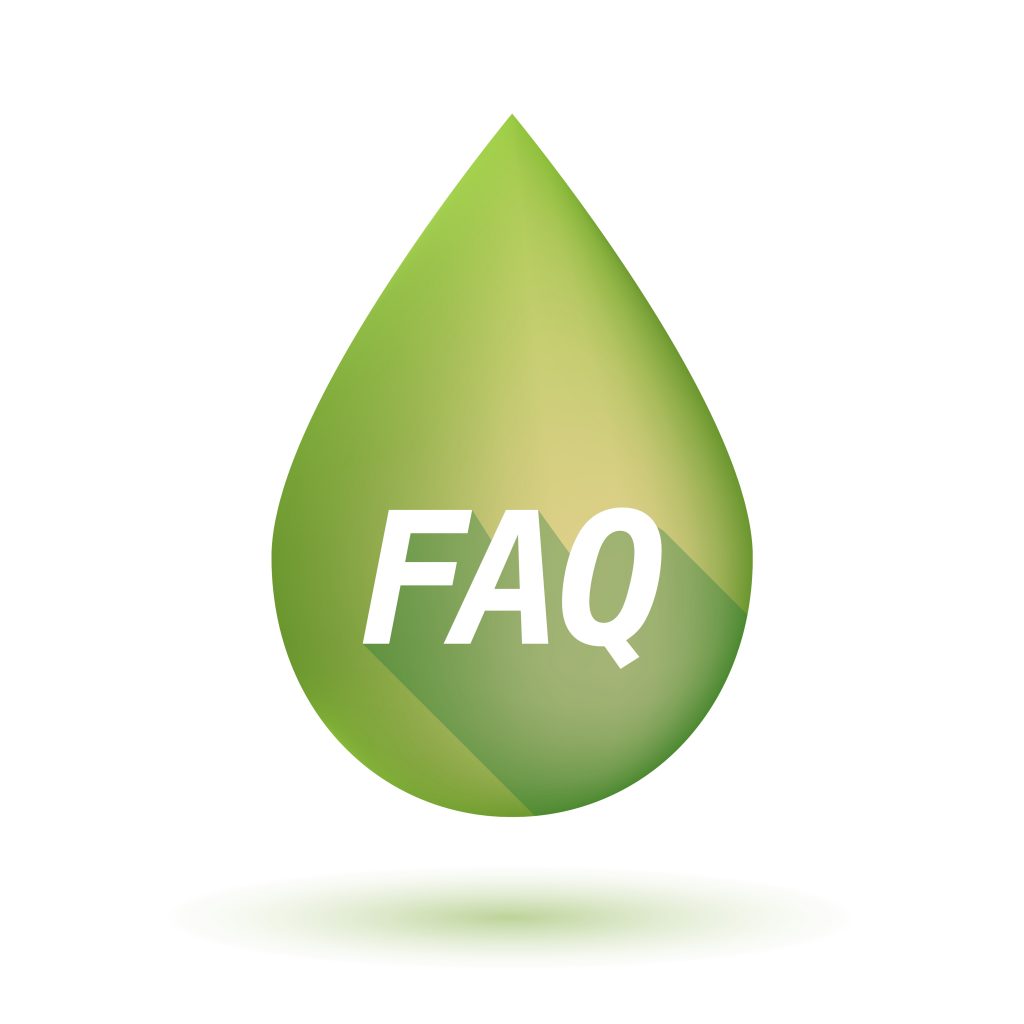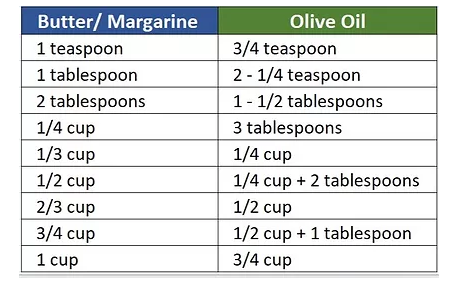No products in the cart.
Jul 20, 2025Chicken Enchilada Dip


Below is a list of our most FAQs by our customers. We have summarized these questions for easy reading. Please feel free to let us know if you have any additional questions regarding our selection of Olive Oils, Specialty Oils and/or Balsamic Vinegars.
Q. Where do your Extra Virgin Olive Oils come from?
A. We follow the crush! The olive crush that is! Meaning every 6-7 months we switch to either the Northern or Southern Hemisphere depending on which is harvesting and crushing olives. We have been known to get our EVOOs from various regions including the following: Greece, Italy, Spain Portugal, Australia, Argentina, Chile, Tunisia, California, and France – to name a few! To find out the exact location of our current stock of Extra Virgin Olive Oils, please click here.
Q. What is the shelf life of Olive Oil?
A. Consumers should use Olive Oil within 14 months from crush/ harvest date. Olive Oil benefits and quality decreases with time. It’s important to remember olive oil is a perishable food–all bottled oil will go rancid eventually–but it is said when properly handled, sealed and stored in a cool dark place, olive oil will be ‘good’ for 18-24 months from the date it was harvested. If your bottle is older than two years, consider starting with a fresh one. Based on the above information and knowing when our olives are crushed, the transportation time to get the fresh oils in our store and then properly bottled in our store – we personally recommend consuming any of our olive oils within 18 months of purchase!
Q. Are your Olive Oils filtered?
A. No – our Olive Oils are not filtered. We pump our oils into large stainless steel tanks housed in our warehouse. Gravity then causes particulates that were separated out with the oil during milling to sink to the bottom of the tank. This process is called “racking.” The most noticeable difference between an unfiltered and a filtered oil is appearance. The unfiltered oil may look a bit cloudy, because of residual particles that weren’t removed through gravity in the settlement tank.
Q. What affects the quality of Olive Oil?
A. Time – Olive Oil benefits and quality decreases with time.
Light – Extended exposure to light can deteriorate the quantity and quality of the antioxidants found in olive oil.
Heat – The optimal storage temperature for olive oil is 60 to 72 degrees Fahrenheit. Warm temperature causes olive oil flavor to change.
Oxygen – oxidation of the oil occurs, which causes off flavors in the olive oil and deteriorates the quality of the oil.
Q. Can I cook with Extra Olive Oil?
A. Extra virgin olive oil is one of the best oils to cook with! Not just for cooking either, Extra virgin olive oil is great for frying, sautéing, poaching, dressing and baking. Our Extra Virgin Olive Oils have a high smoke point that can hold up to high cooking temperatures, 410 degrees Fahrenheit to be exact!
Q. Can I substitute Olive Oil for butter in baking?
A. Yes – below is the conversion chart. Note that solid fats act different than liquid fats. When substituting liquid for liquid (such as veg oil) the results are the same. When substituting solid to liquid there may be a change in texture and crispiness. 

Q. Are your Olive Oils Kosher?
A. Yes – Our EVOO’s and our Custom blend Oils are certified – Kosher [Pareve]
Q. Are your Olive Oils Gluten Free?
A. Yes – All our Olive Oils are gluten free.
Q. Are your Olive Oils Dairy Free?
A. Yes – All our Olive Oils are dairy free.
Q. Is your butter olive oil dairy free?
A. Yes – the butter flavor is derived from a plant based natural essential oil. Proprietary blend of botanical herbs.
Q. Is your butter olive oil soy free?
A. Yes – the butter flavor is derived from a plant based natural essential oil. All our flavored oils are soy free and this is listed in our allergen statement.
Q. Are your balsamic vinegars Kosher?
A. No – our balsamic vinegars are not Kosher certified.
Q. Are your balsamic vinegars Gluten Free?
A. Yes – All our balsamic vinegars are gluten free.
Q. Are your balsamic vinegars Dairy Free?
A. Yes – All our balsamic vinegars are dairy free.
Q. Are your balsamic vinegars Vegan?
A. Yes – they are both Dairy Free and Vegan.
Q. Is there added sugar to your balsamic vinegars?
A. No – the sugar found in the balsamic vinegars are natural sugars from the fruit/ plant / ingredient. We do no not add any artificial colors, artificial flavors, ingredients, or preservatives to our products. Products are all natural.
Q. Are your balsamic vinegars pasteurized?
A. No – our balsamic vinegars are unpasteurized therefore contain antimicrobial compounds, acetic acid, and antioxidants.
Q. What is the shelf life of your balsamic vinegars?
A. We recommend consuming within 5 years from purchase. The acidity in the vinegar acts as a natural preservative. We suggest using within 5 years to obtain the best flavor profile. Vinegars do not really expire they simply becomes more acidic causing a change of appearance and flavor.
Q. What is the “Mother” in balsamic vinegar?
A. Mother of vinegar[1]– also called Mycoderma aceti (a New Latin expression, from the Greek μὑκης (fungus) plus δἐρμα (skin), and the Latin aceti (of the acid)[2] – is a substance composed of a form of cellulose and acetic acid bacteria that develops on fermenting alcoholic liquids, which turns alcohol into acetic acid with the help of oxygen from the air. It is added to wine, cider, or other alcoholic liquids to produce vinegar. Mother of vinegar can also form in store-bought vinegar if there is some non-fermented sugar and/or alcohol contained in the vinegar. While not appetizing in appearance, mother of vinegar is completely harmless and the surrounding vinegar does not have to be discarded because of it. It can be filtered out using a coffee filter, used to start a bottle of vinegar, or simply left in and ignored.
Q. Can you define what natural flavor is on the ingredients?
A. Natural flavors are derived from the fruit/ herb themselves – botanical essential oils.
Q. What are natural sulfites (found in Balsamic Vinegar)?
A. Natural sulfites develop naturally as a by-product of fermentation. Sulfites are chemical compounds found in nature, they preserve food and prevent bacterial growth. Naturally occurring sulfites are generated in very small amounts ranging from 6-40 ppm.
Q. Does your Espresso Balsamic Vinegar contain caffeine?
A. No, there is no caffeine in the product, flavoring comes from botanical essential oils.
Q. Do your Balsamic Vinegar’s contain soy lecithin?
A. No, they are soy free as stated in our allergen statement. This applies to both the White and the Dark Balsamic Vinegar’s.
Q. What is the difference between White Balsamic and Dark Balsamic?
A. Our Dark Balsamic Vinegar is made with Trebbiano grapes and on occasion with some Lambrusco grape must. The balsamic undergoes cooking and caramelizing in a copper kettle over an open wood fire before being aged the traditional Solera Method – Modena, Italy. The balsamic is placed in old wood barrels that previously held older batches of aged balsamic vinegar. These barrels, similar to wine barrels, are made from different woods including oak, chestnut, acacia, cherry, mulberry, ash and juniper. These woods add character to the vinegar.
Our White Balsamic Vinegar is made by blending white grape must with 100% Italian barreled aged white wine vinegar, both made from Albana, Trebbiano and Montuni grapes which grow exclusively in the region of Modena, Italy. The traditionally cooked grape must is then lightly filtered to remove any skins from the cooked must and is placed into new white oak barrels for aging. The white balsamic condimento is less complex and has not been caramelized over an open wood fire in copper kettles, as the dark condimento has been.
Q. FODMAP diet and the use of garlic in our products:
A. Our garlic olive oil, and several of our other oils such as the Tuscan Herb use essential oil of garlic which is distilled.
Q. What is the base oil of the infused varieties?
A. The base oil is always an Arbequina Extra Virgin Olive Oil, as this variety is mild in bitterness and intensity. The base oil changes every 6 months just like our EVOO change. During the Northern Hemisphere harvest the base oil is a Portuguese Arbequina, when the harvest is during the Southern Hemisphere the base oil changes to a Chilean Arbequina. The rotation is done usually when the bulk of the oils change hemispheres.
Oct- Nov crush = Late January, early February.
May- Jun crush = Late August, early September.
No products in the cart.
